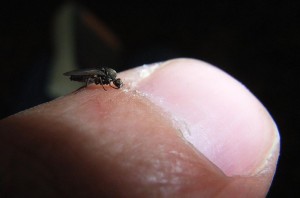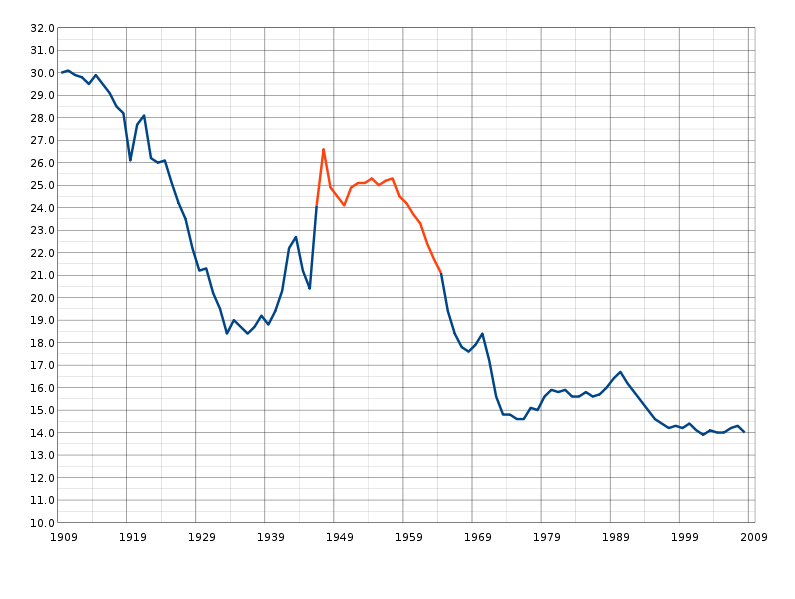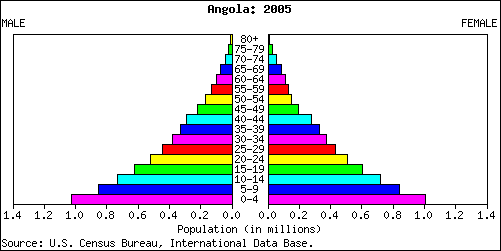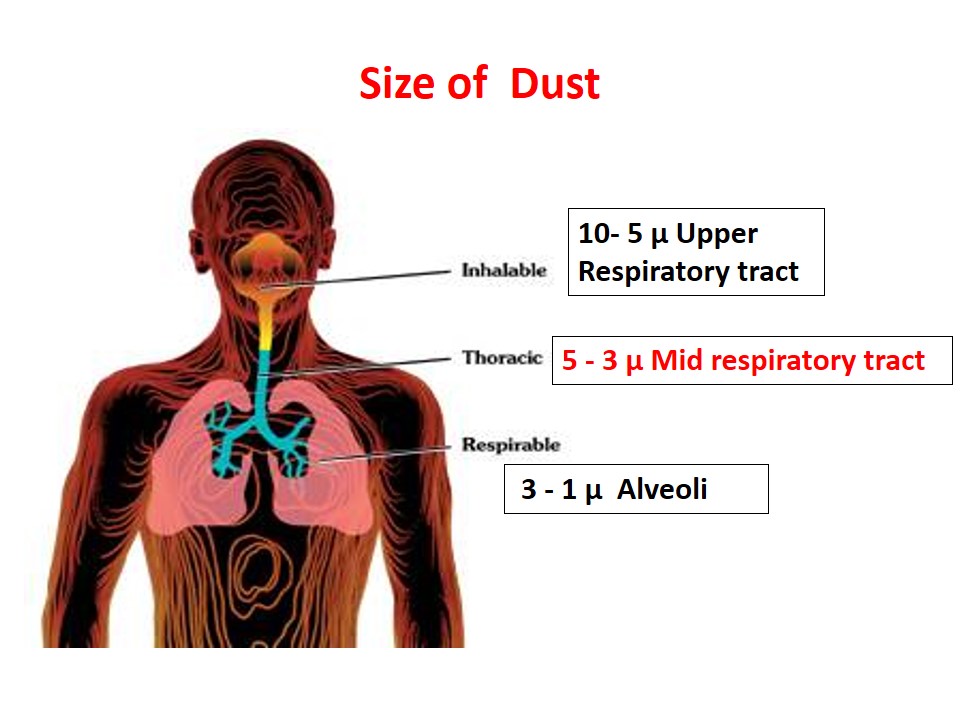Classification of S andfly
andfly
Phylum: Arthropoda.
Class: Insecta.
Order: Diptera
Family: Psycodidae.
Genus: Phlebotomus.
Species: (a) P. papatasii
(b) P. Sergenti
(c) P. argentipes
Habit of Sandfly
Distribution: Found in the warm countries.
Bites: Only female sandfly can bite in the dwelling at night. It takes shelter during day in holes and crevices in wall, in dark room and store room etc.
Breeding: The eggs are laid in damp and dark places in cattle sheds and poultry.
Feeding: Mostly species are nocturnal in habit.
Dispersal: The range of flight is 200 yard from their breeding places.
Life Span: Average life of sandfly is about 2 weeks.
General Characters of Sandfly
The body of sandfly consists of three parts:
Head: The head bear a pair of long and hairy antenna. Palpi and proboscis and one pair of prominent black eyes are present.
Thorax: The thorax bears a pair of wings and three pair of legs. The wings are upright in shape and hairy. The 2nd longitudinal vein is branched twice. The legs are long and slender and out of proportion to the size of the body.
Abdomen: The abdomen has ten segment and is covered with hairs. In the female the tip of abdomen is rounded while in male claspers are attached to last abdominal segment.
Medical Importance:
Causes sandfly fever, kala-azar, oriental sore and leishmaniasis.
Life cycle of sandfly
The life cycle of sandfly is characterized by complete metamorphosis, having 4 developmental stages.
Egg: The female generally lays eggs in the damp dark places in the cattle sheds & poultry. The eggs vary from 40-60 in number, brownish in color. The eggs measure about 0.4 mm in length. Eggs hatch in 1-2 weeks.
Larva: The larva is maggot like structure, having large head, thorax and abdomen and two long bristle on last abdominal segment. Larva feed on decaying organic matter and become a pupa in about 2 weeks.
Pupa: Pupa are found in cracks and cervices in the wall. The pupa stage lasts for about 1 week.
Adult: The average life of a sandfly is about 2 weeks.
Control measures
Sandfly are easily controlled because they do not move long distance from their breeding places.
Insecticide: Lindane has been proved effective. Spraying should be done in the human dwellings, cattle sheds and poultry. Its residue may remain effective for a period of 3 months.
Sanitation: Removal of shrubs and vegetation, filling of cracks and crevices in the wall & floor and distance of cattle sheds and poultry from human habitations.
 howMed Know Yourself
howMed Know Yourself




